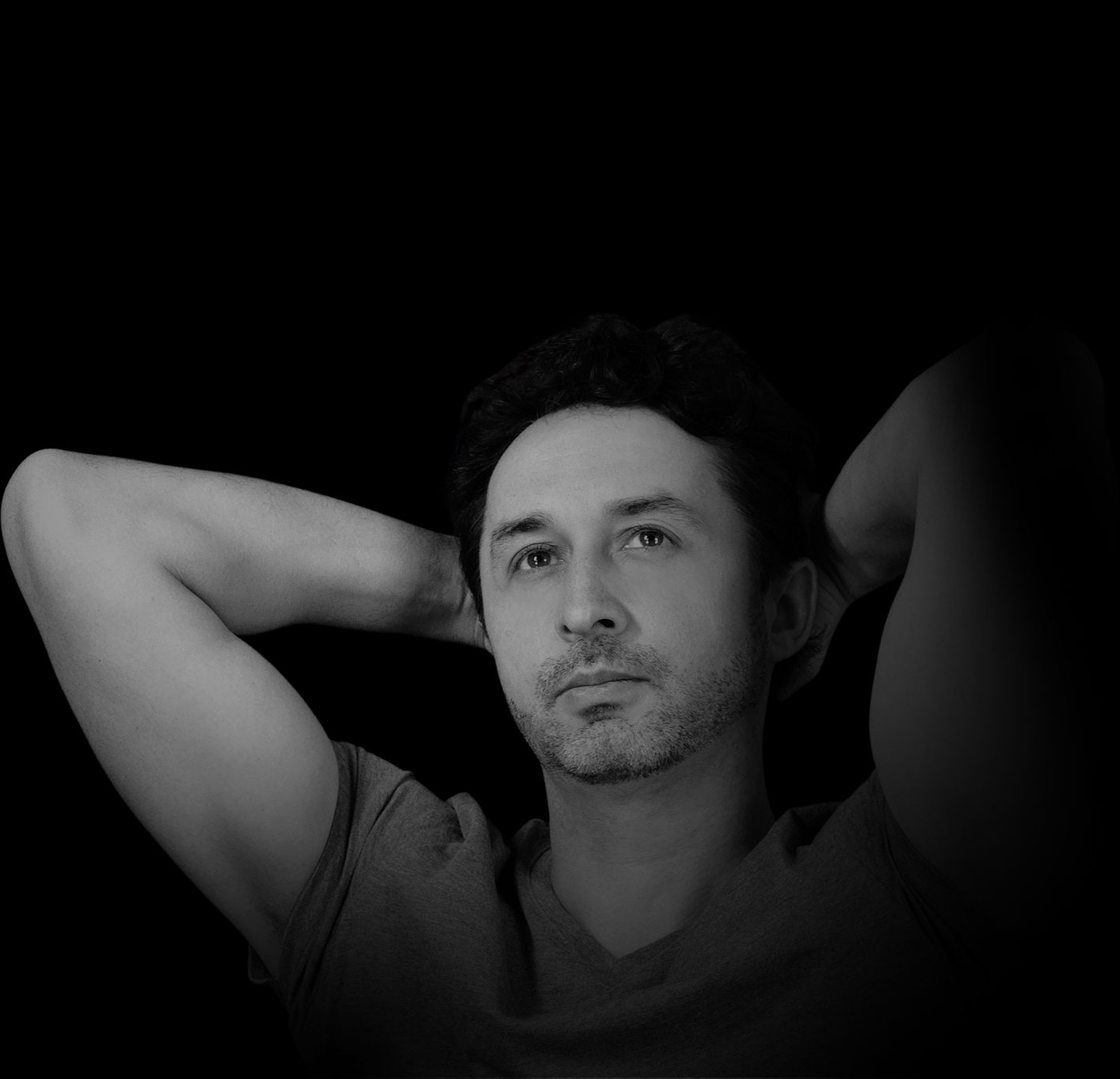Eyelid – Brow Lift
There are many patients who complain about "heavy" eyelids and their field of vision is reduced. This can be due to either excess skin or an actual drop in the eyelid levator muscle. The causes for drooping eyelids are various but the most common is that which occurs over time and aging. The consequence of this is the appearance of "tired eyes" with a reduction in the field of vision and prolapse of fat behind the eyelids.
Using appropriate techniques, we remove the excess skin and anchor the exiting fat back to its normal anatomical position. In the case of a true droop, the muscle deficiency is also corrected. The incision is hidden within the existing wrinkles of the eyelids or even on the inner surface when referring to the lower eyelids.
Postoperatively, the swelling usually subsides within the first week and the patient can return to daily activities. It is also common to have coexisting brow droop where it can be corrected in the same time.
Using appropriate techniques, we remove the excess skin and anchor the exiting fat back to its normal anatomical position. In the case of a true droop, the muscle deficiency is also corrected. The incision is hidden within the existing wrinkles of the eyelids or even on the inner surface when referring to the lower eyelids.
Postoperatively, the swelling usually subsides within the first week and the patient can return to daily activities. It is also common to have coexisting brow droop where it can be corrected in the same time.
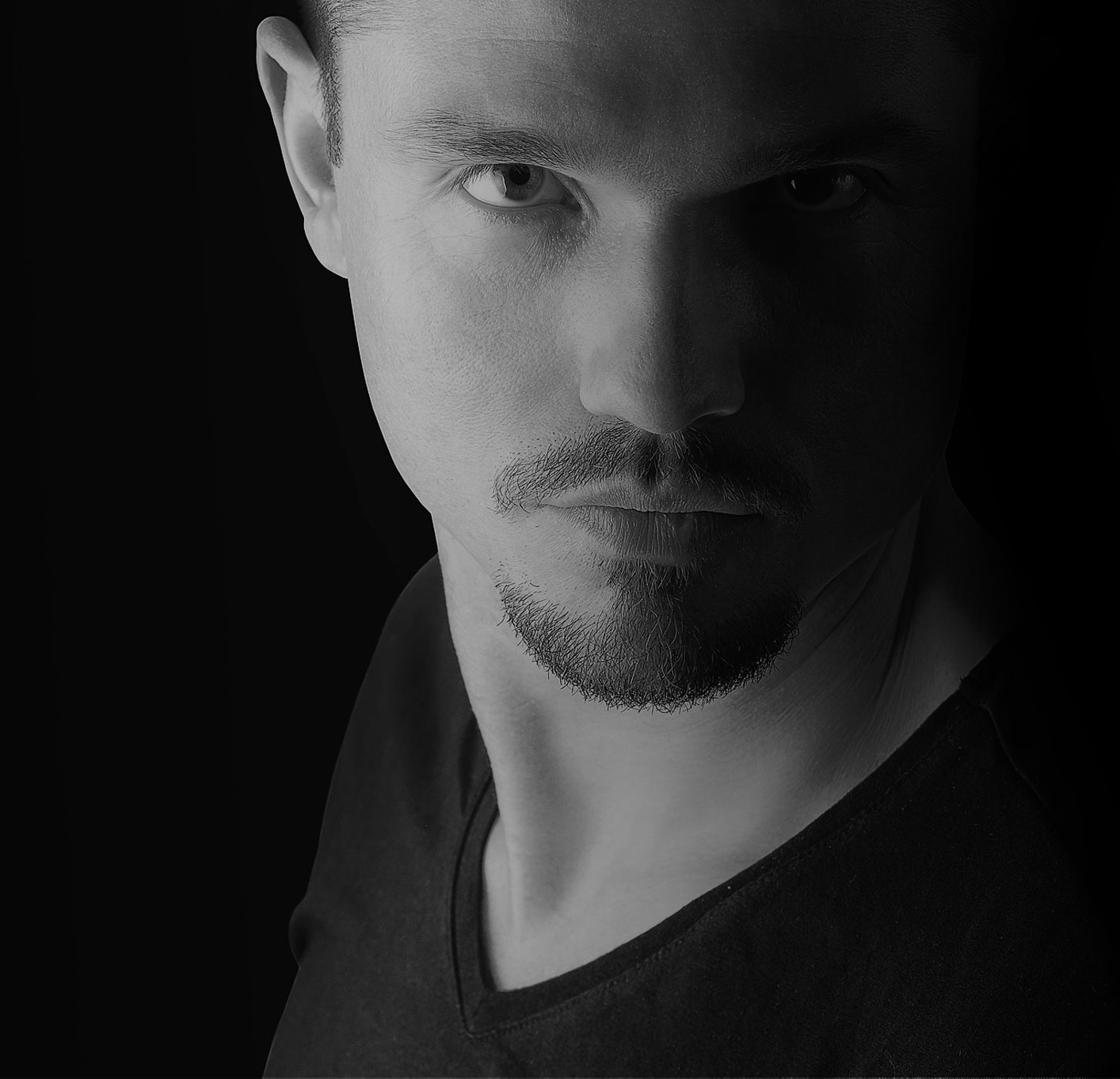
Ear correction – Otoplasty
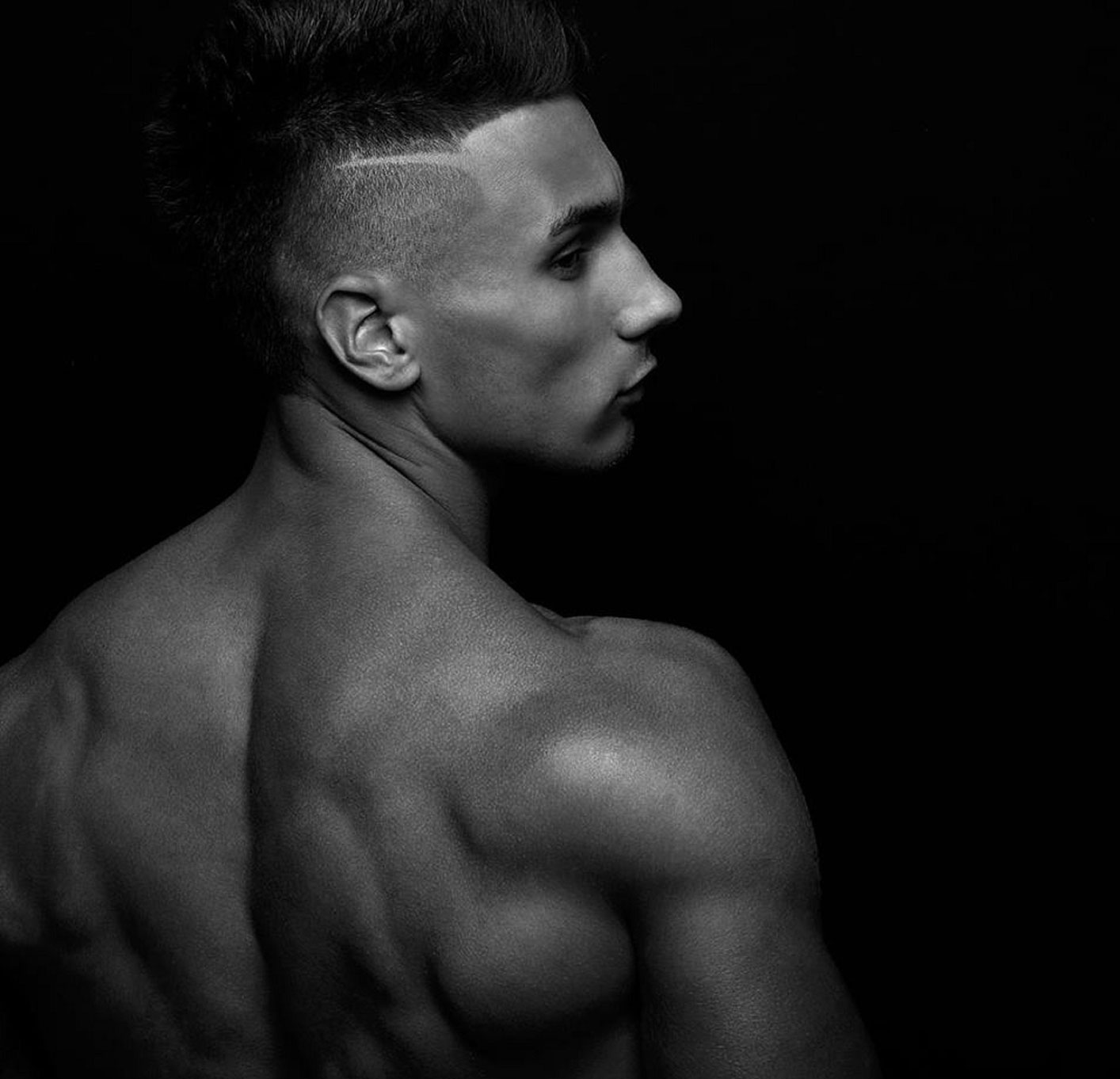
Otoplasty — also known as cosmetic ear surgery — is a procedure to change the shape, position or size of the ears. Ear deformity is something common that can be easily corrected by the age of 6 years with surgically. The operation can also be performed under local anaesthesia in people over 15 years of age and takes about two hours.
The incision is inconspicuous as it is placed behind the patient's ear. The patient has to wear a hair band postoperatively for one month and the swelling subsides within the first three months.
Find out which technique is right for you and the cost of the procedure with a consultation in our office.
The incision is inconspicuous as it is placed behind the patient's ear. The patient has to wear a hair band postoperatively for one month and the swelling subsides within the first three months.
Find out which technique is right for you and the cost of the procedure with a consultation in our office.
Rhinoplasty
The position of the nose makes it one of the main features of the face. Deformities such as a pronounced doral hump, a drooping or bulbous nasal tip and a deviated nasal pyramid or a crooked septum are corrected by appropriate surgical techniques under general anaesthesia. The incision is usually made in the columella and inside the fissures.
Swelling in the surrounding area can last up to 6 months especially if osteotomies are required while pain is controlled with painkillers. The operation is particularly demanding as, in addition to the aesthetic result, the anatomy of the area must be maintained if not improved.
For this reason, the patient needs to be very well informed before it. Find out with a consultation in our office about the technique that suits you and the cost of the operation.
Swelling in the surrounding area can last up to 6 months especially if osteotomies are required while pain is controlled with painkillers. The operation is particularly demanding as, in addition to the aesthetic result, the anatomy of the area must be maintained if not improved.
For this reason, the patient needs to be very well informed before it. Find out with a consultation in our office about the technique that suits you and the cost of the operation.
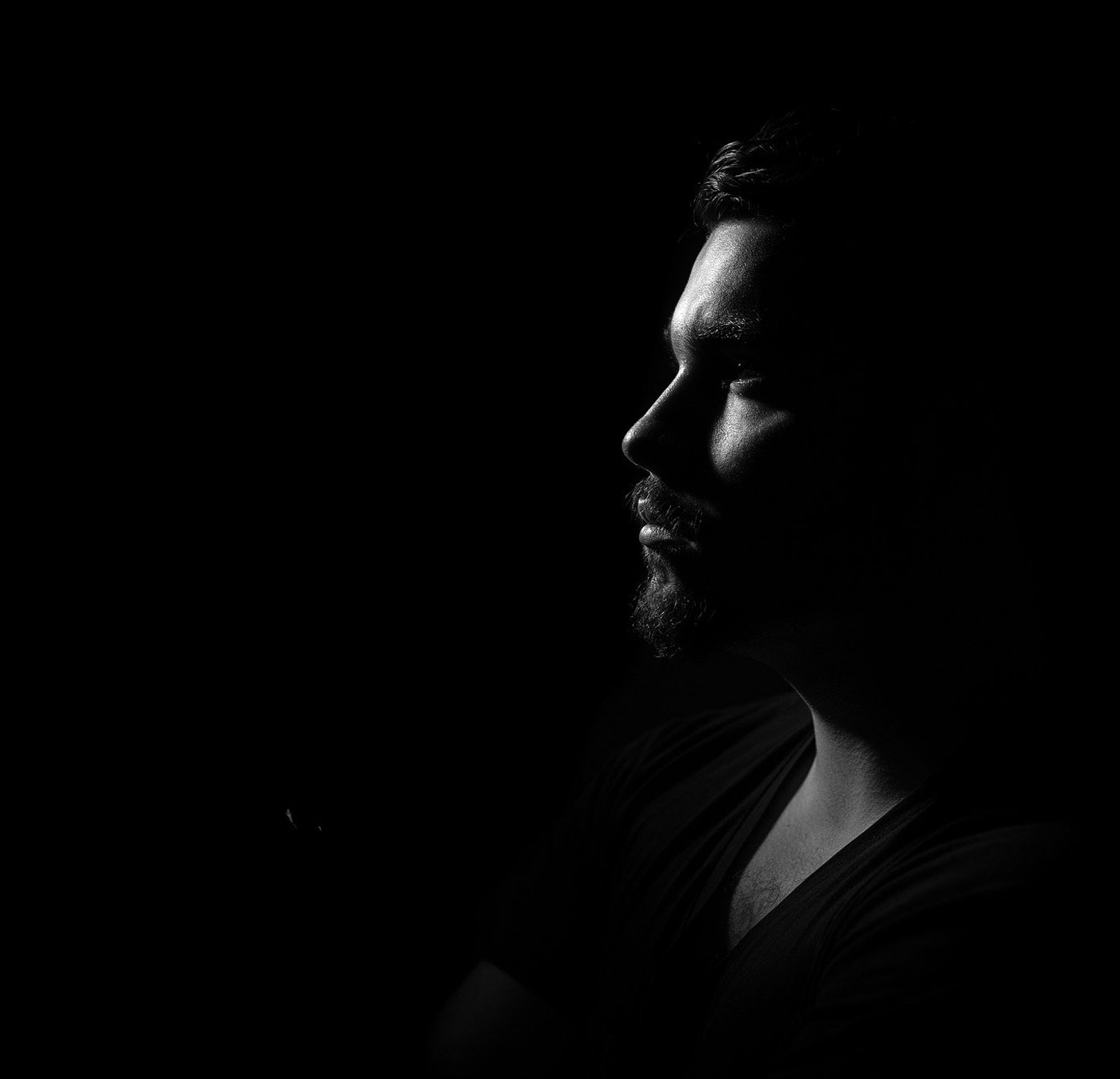
Face / Neck Lift
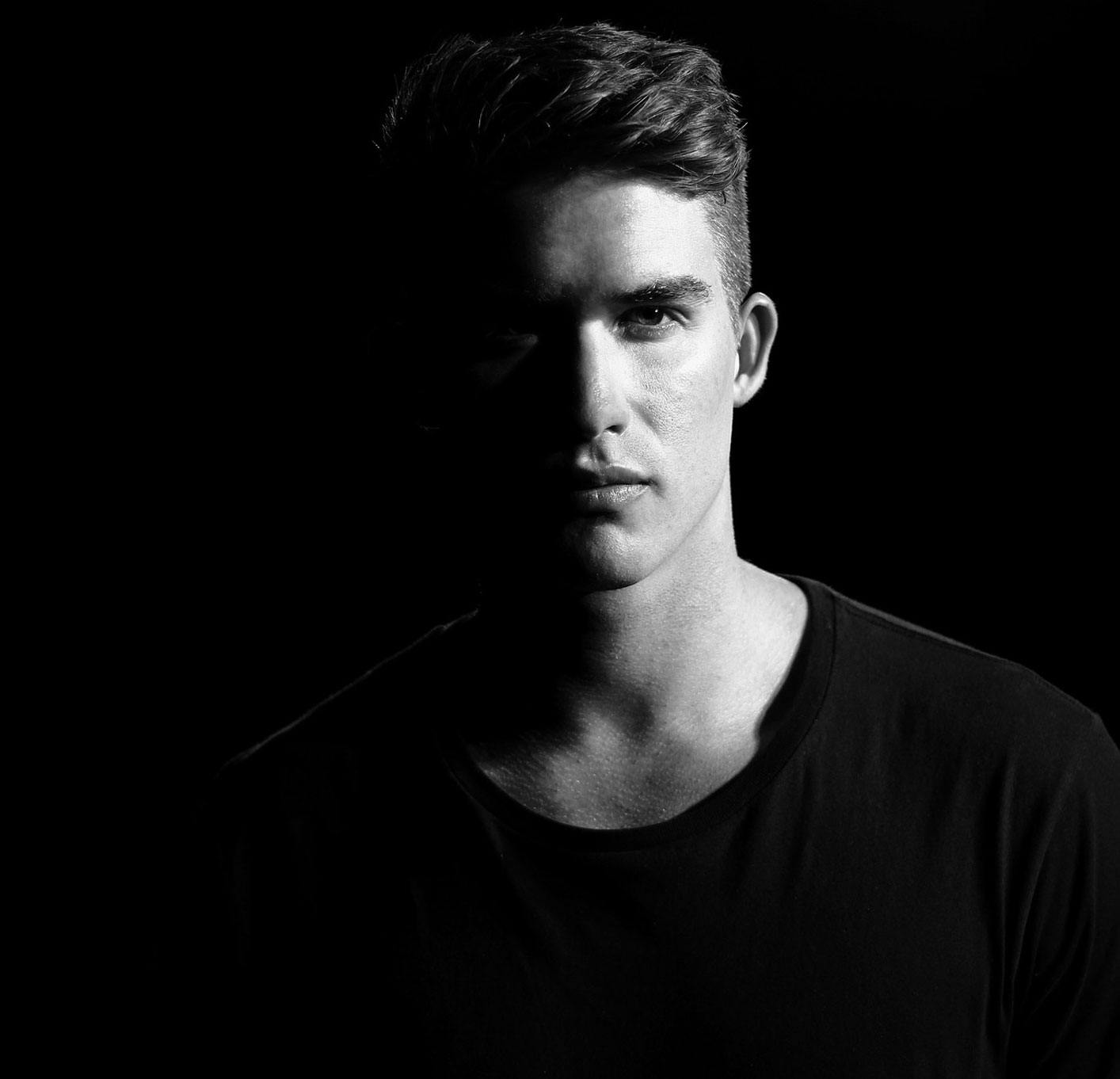
With the aging process, the face loses volume and support of its structures due to the loss of adipose tissue and bone mass. The terms Face Lift/Neck Lift include the surgical techniques to lift and fix the loose tissues of the face and neck in a better position, resulting in a more youthful look and firm skin.
A face lift does not correct forehead wrinkles or drooping eyelids and eyebrows but only the area from the cheekbones to the border of the lower jawline. Similarly, the neck lift corrects the loose skin and tightens the neck muscles. The procedure is performed under general anaesthesia and is often combined with blepharoplasty. For even better result, fat transfer can be performed to some areas at the same time.
Complete facial swelling resolves in 3-6 months. Incisions are made in the scalp, in front of and behind the ear. Pain is controlled with the necessary pain medication for about a week.
A face lift does not correct forehead wrinkles or drooping eyelids and eyebrows but only the area from the cheekbones to the border of the lower jawline. Similarly, the neck lift corrects the loose skin and tightens the neck muscles. The procedure is performed under general anaesthesia and is often combined with blepharoplasty. For even better result, fat transfer can be performed to some areas at the same time.
Complete facial swelling resolves in 3-6 months. Incisions are made in the scalp, in front of and behind the ear. Pain is controlled with the necessary pain medication for about a week.
Tummy Tuck – Abdominoplasty
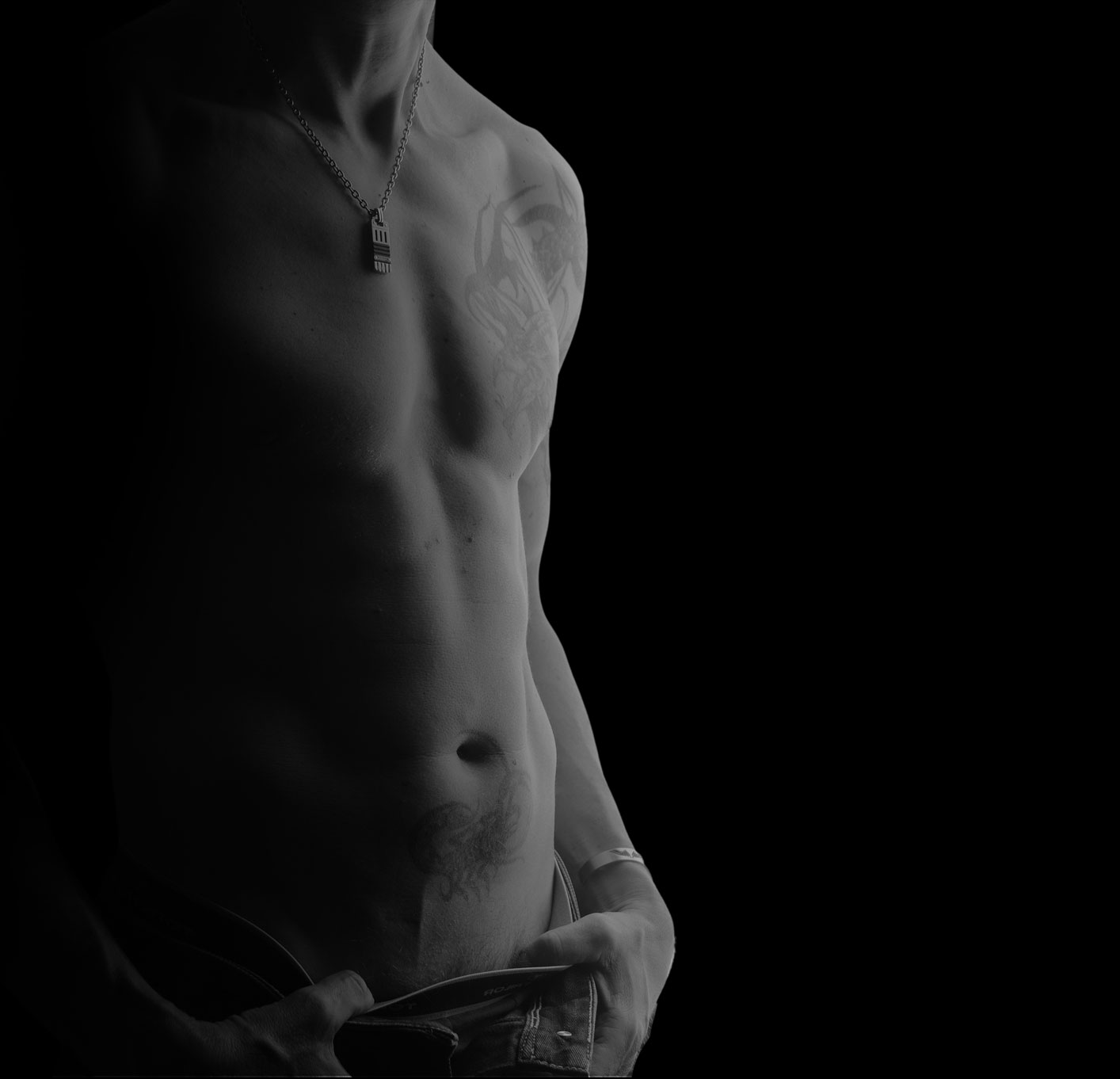
A tummy tuck, or abdominoplasty, is cosmetic surgery to improve the shape of the tummy area (abdomen). It can involve removing excess loose skin, fat and stretch marks and tightening the abdominal muscles that usually coexists. Abdominoplasty is an operation that is indicated quite often after major weight loss.
The incision is horizontal and can be hidden low in the pelvis, while in a few cases it is necessary to create a vertical incision. The duration of the operation is 2.5 hours and is performed under general anaesthesia with mobilisation of the patient even on the same day.
The patient is required to wear an pressure garment for 3 months. Pain is effectively controlled with appropriate painkillers.
The incision is horizontal and can be hidden low in the pelvis, while in a few cases it is necessary to create a vertical incision. The duration of the operation is 2.5 hours and is performed under general anaesthesia with mobilisation of the patient even on the same day.
The patient is required to wear an pressure garment for 3 months. Pain is effectively controlled with appropriate painkillers.
Liposuction and Fat transfer
Liposuction is a technique for removing excess adipose tissue in areas with good skin tone. These areas are the abdomen, lower limbs and arms where the greatest accumulation of fat usually occurs. The procedure is usually performed under general anaesthesia through small 3 - 4 mm holes and its duration varies depending on the amount of fat we wish to remove and the number of areas to be operated on.
Liposuction in small areas such as the saddlebags or the flanks can be performed under local anesthesia in the medical practice in some cases. During fat transfer, the fat removed is used to "fill in" other areas of the body, such as the buttocks, breasts and face, to give them a more harmonious shape. The patient is mobilised from day one and the recovery requires the patient to wear pressure garments for 3 months as the results continues to improve even 6 months later.
Liposuction is not indicated in areas where skin laxity is present as there are different plastic surgery techniques such as dermolipectomy which leaves characteristic scars in less visible areas.
Liposuction in small areas such as the saddlebags or the flanks can be performed under local anesthesia in the medical practice in some cases. During fat transfer, the fat removed is used to "fill in" other areas of the body, such as the buttocks, breasts and face, to give them a more harmonious shape. The patient is mobilised from day one and the recovery requires the patient to wear pressure garments for 3 months as the results continues to improve even 6 months later.
Liposuction is not indicated in areas where skin laxity is present as there are different plastic surgery techniques such as dermolipectomy which leaves characteristic scars in less visible areas.
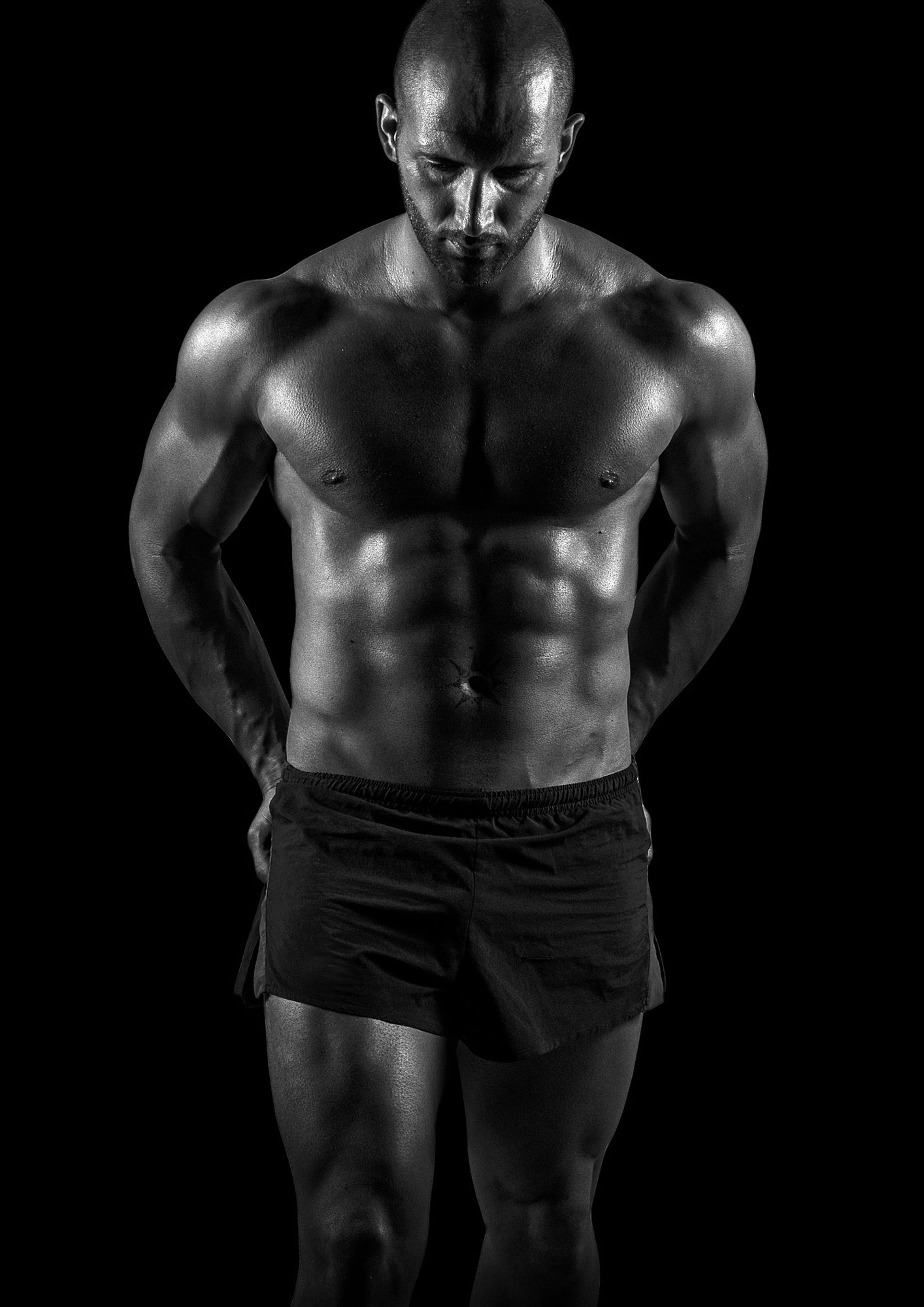
Gynecomastia
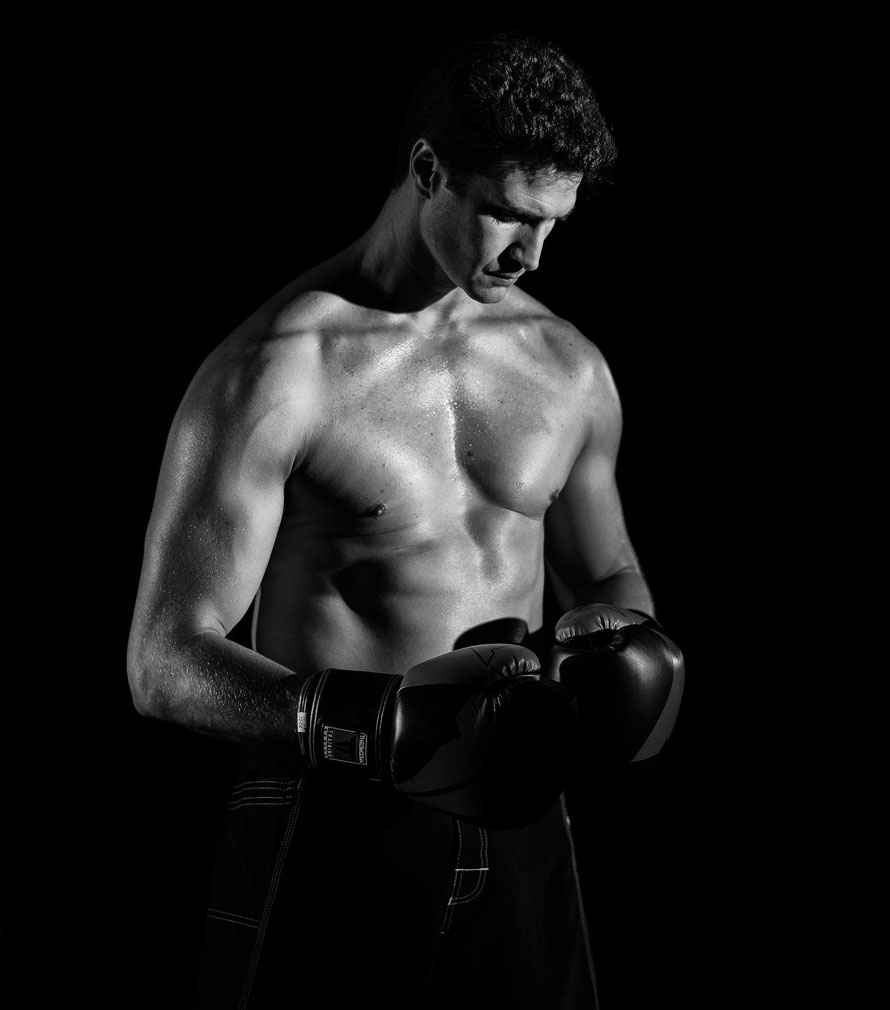
Gynecomastia is the excessive growth of the mammary gland beyond normal limits. It affects a large proportion of adolescents and older men. When there is only an increase in adipose tissue with normal breast gland is referred to as pseudo gynecomastia. In most cases it is due to disturbances in estrogen and testosterone levels. In a significant number it regresses automatically by the age of 18 without the need for any intervention.
In situations where another factor such as obesity, medication or even a neoplasm is responsible, the cause must be treated first. In other cases, it can be significantly reduced with appropriate techniques such as liposuction or partial resection of the mammary gland. Surgical treatment can be performed under local or general anaesthesia.
The patient is required to wear a pressure vest for about 3 months for recovery. Postoperative pain is mild and controlled with appropriate painkillers. Find out with a consultation in our office about the technique that suits you and the cost of the procedure.
In situations where another factor such as obesity, medication or even a neoplasm is responsible, the cause must be treated first. In other cases, it can be significantly reduced with appropriate techniques such as liposuction or partial resection of the mammary gland. Surgical treatment can be performed under local or general anaesthesia.
The patient is required to wear a pressure vest for about 3 months for recovery. Postoperative pain is mild and controlled with appropriate painkillers. Find out with a consultation in our office about the technique that suits you and the cost of the procedure.
Arm Lift – Brachioplasty
A brachioplasty is a surgery that reshapes the back part of your upper arm, from your arm to your elbow. It’s also called an arm lift. It removes extra skin and tissue and makes your upper arm look smoother. This incision is made along the inner side of the upper limb and is combined with liposuction.
In cases of intense sagging, the incision may be continued along the sides of the torso. The operation itself lasts 1,5 hours and is carried out under general anaesthesia and the patient must wear post-operative pressure garments post-operatively. It can be combined with other types of surgery.
Find out about the technique that suits you and the cost of the procedure with a consultation in our office.
In cases of intense sagging, the incision may be continued along the sides of the torso. The operation itself lasts 1,5 hours and is carried out under general anaesthesia and the patient must wear post-operative pressure garments post-operatively. It can be combined with other types of surgery.
Find out about the technique that suits you and the cost of the procedure with a consultation in our office.
